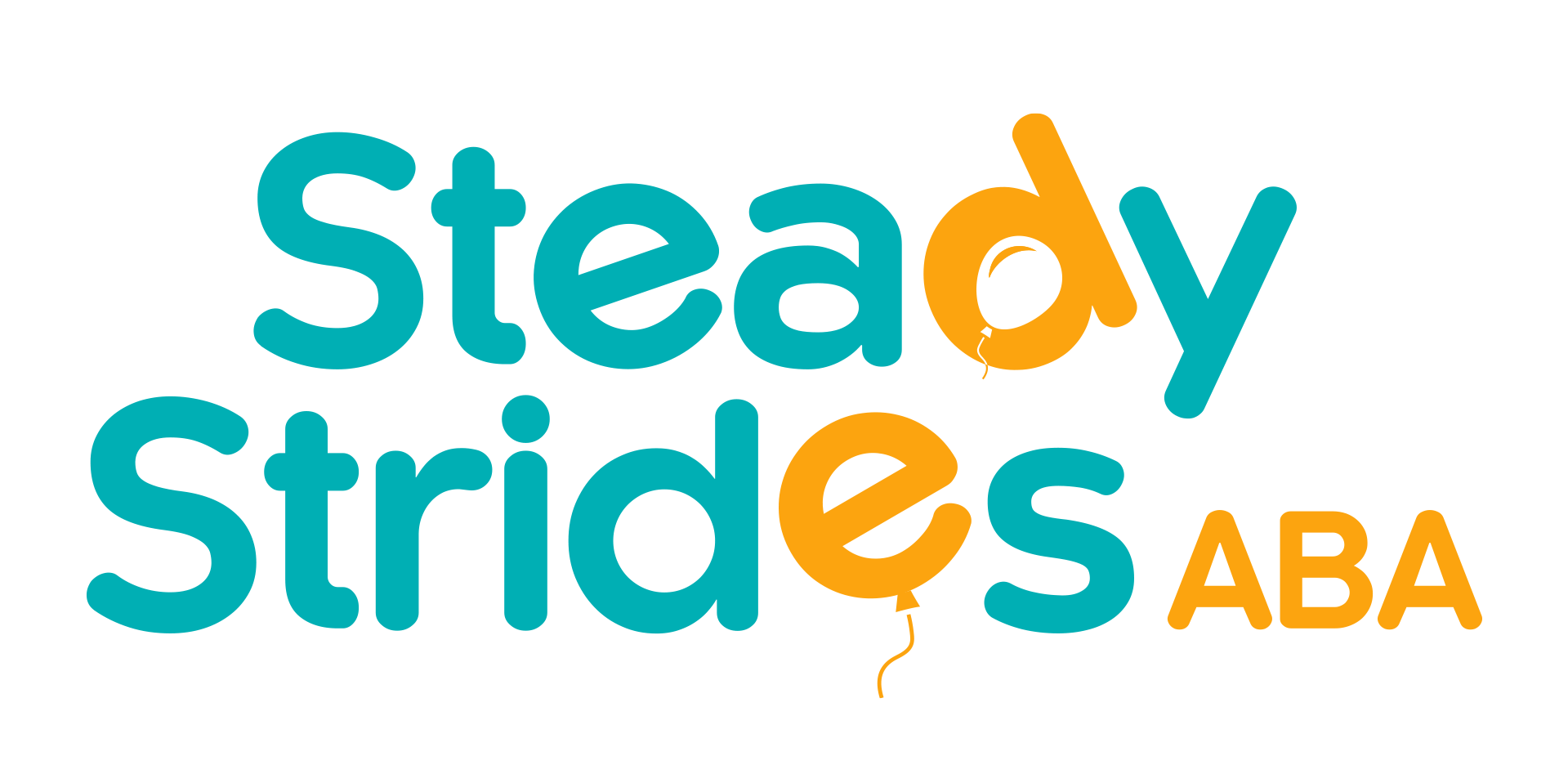In-Home ABA Therapy
Taking Steps in the
Right Direction
Every child deserves the chance to reach their full potential – and sometimes that journey starts best at home.
Our certified ABA therapists bring personalized support directly to your family's space, helping your child develop essential skills in their most comfortable environment.
Ready to take the next step?

We accept all major insurances for center based ABA therapy








What is Home-Based ABA Therapy?
At-home ABA therapy provides your child with a familiar, safe environment in which to grow and develop. The skills mastered in therapy will carry over into other settings, enabling your child to thrive wherever they are.

1
Contact Us
Give us a call or reach out through our contact form. We're here to answer your questions and help you get started.
3
Get Your Child Assessed
In order to determine your child's strengths, challenges, and learning methods, a BCBA will conduct a comprehensive initial assessment.
The assessor will then develop an individualized treatment plan that includes behavioral strategies and skill mastery goals. Your child's tailored intervention plan will guide their path to success.
2
Insurance Approval
We take care of
working with your insurance provider to get the necessary approvals, making the process seamless for you.
4
Review Your Treatment Plan
Review the proposed treatment plan tailored to your child's unique requirements and ensure it aligns with your goals.
5
Commence Treatment
Begin the treatment process with our dedicated team, which is focused on providing your child with the best care and support.
Our Autism Therapy Process
What Our Clients Say About Our ABA Services
Contact us
Give us a call or reach out through our contact form. We're here to answer your questions and help you get started.


Insurance Approval
We take care of working with your insurance provider to get the necessary approvals, making the process seamless for you.


Get your child Assessed
In order to determine your child's strengths, challenges, and learning methods, a
BCBA will conduct a comprehensive initial assessment. The assessor will then develop an individualized treatment plan that includes behavioral strategies and skill mastery goals. Your child's tailored intervention plan will guide their path to success.
Review Your Treatment Plan
Review the proposed treatment plan tailored to your child's unique requirements and ensure it aligns with your goals.
Commence Treatment
Begin the treatment process with our dedicated team, which is focused on providing your child with the best care and support.
How to access In-home ABA Therapy Services in Texas
Contact us
Give us a call or reach out through our contact form. We're here to answer your questions and help you get started.
Insurance Approval
We take care of working with your insurance provider to get the necessary approvals, making the process seamless for you.
Get your child Assessed
In order to determine your child's strengths, challenges, and learning methods, a
BCBA will conduct a comprehensive initial assessment. The assessor will then develop an individualized treatment plan that includes behavioral strategies and skill mastery goals. Your child's tailored intervention plan will guide their path to success.
Review Your Treatment Plan
Review the proposed treatment plan tailored to your child's unique requirements and ensure it aligns with your goals.
Commence Treatment
Begin the treatment process with our dedicated team, which is focused on providing your child with the best care and support.
How to access In-home ABA Therapy Services in Texas




Get your child Assessed
In order to determine your child's strengths, challenges, and learning methods, a
BCBA will conduct a comprehensive initial assessment. The assessor will then develop an individualized treatment plan that includes behavioral strategies and skill mastery goals. Your child's tailored intervention plan will guide their path to success.
Review Your Treatment Plan
Review the proposed treatment plan tailored to your child's unique requirements and ensure it aligns with your goals.
Commence Treatment
Begin the treatment process with our dedicated team, which is focused on providing your child with the best care and support.
We take care of working with your insurance provider to get the necessary approvals, making the process seamless for you.
Insurance Approval
Give us a call or reach out through our contact form. We're here to answer your questions and help you get started.
Contact us
How to access In-home ABA Therapy Services in Texas




We offer
In Home ABA Services Near You
We offer in-home ABA therapy services across Texas and New Mexico, supporting children with autism right in their comfort zone.
San Antonio
San Antonio, TexasJersey Village
Jersey Village, TexasKaty
Katy, TexasHedwig Village
Hedwig Village, TexasCinco Ranch
Cinco Ranch, TexasHowellville
Howellville, TexasMission Bend
Mission Bend, TexasFour Corners
Four Corners, TexasMeadows Place
Meadows Place, TexasFulshear
Fulshear, TexasMissouri City
Missouri City, TexasBellaire
Bellaire, TexasPecan Grove
Pecan Grove, TexasSugar Land
Sugar Land, TexasRichmond
Richmond, TexasRosenberg
Rosenberg, TexasPittsville
Pittsville, TexasAldine
Aldine, TexasMt Houston
Mt Houston, TexasGalena Park
Galena Park, TexasPasadena
Pasadena, TexasSouth Houston
South Houston, TexasFriendswood
Friendswood, TexasHumble
Humble, TexasBrazo's Country
Brazo's Country , TexasPattison
Pattison, TexasAlvin
Alvin, TexasLiverpool
Liverpool, TexasSanta Fe
Santa Fe, TexasRichwood
Richwood, TexasOld River-Winfree
Old River-Winfree, TexasSan Leon
San Leon, TexasGalveston
Galveston, TexasLa Porte
La Porte, TexasTaylor Landing
Taylor Landing, TexasFair Oaks Ranch
Fair Oaks Ranch, TexasCross Mountain
Cross Mountain, TexasTimberwood Park
Timberwood Park, TexasGrey Forest
Grey Forest, TexasShavano Park
Shavano Park, TexasHelotes
Helotes, TexasLeon Valley
Leon Valley, TexasAlamo Heights
Alamo Heights, TexasFort Sam Houston
Fort Sam Houston, TexasBenefits of In-Home ABA Therapy
Comfortable Environment
Applied behavior analysis at home offers therapy sessions in the familiar surroundings of your home.
Personalized Routines
Enhanced learning through consistent routines.
Family
Involvement
Increased participation and collaboration from family members.
Natural
Learning
Skills learned in real-life settings enhance generalization.
Flexible
Scheduling
Convenient session times that fit your family's needs.
Individual
Attention
One-on-one therapy tailored to your child's unique needs.
Our In Home ABA Therapy Services Include:

In-School Support
Our professionals collaborate with your child's school staff to develop effective instructional programs using the ABA methodology. At Steady Strides, we are constantly maximizing opportunities for your child's progress and success.

Parent Education
A child’s family is at the heart of the therapeutic process. Our team offers real support to equip parents with practical tools and strategies to appropriately respond to their children's behaviors. We center your lifestyle and family dynamics to foster cohesive carryover and consistent results.

Ongoing Consultation
The effectiveness of therapeutic interventions is constantly monitored and reevaluated to ensure we achieve optimal results. Data is consistently collected by our BCBAs and constant communication is maintained between contributing parties. At Steady Strides, your child's progress is our passion.
With our Home Based ABA therapy interventions we address concerns regarding:
Pragmatic Language
Sensory Processing
Language Acquisition
Self-Injurious Behaviors
Self-Stimulatory Behaviors
Social Skills
Personal Care Skills
With our Home Based ABA therapy interventions we address concerns regarding:
Pragmatic Language
Language Acquisition
Sensory Processing
Self-Injurious Behaviors
Social Skills
Personal Care Skills
Self-Stimulatory Behaviors
FAQs about ABA therapy at home
Why is home-based ABA therapy essential?
Home-based ABA therapy is crucial for children with autism spectrum disorder. Conducting ABA therapy at home provides a natural and familiar environment, which enhances skill acquisition. Using the home setting, applied behavior analysis at home focuses on developing skills within the child’s daily routines, making therapy sessions more relevant and meaningful.
What are the signs of ASD in children?
Children with ASD may show signs such as delayed speech, repetitive behaviors, and difficulties with social interactions. They often struggle with changes in routines and can be sensitive to sensory stimuli. Some display an intense focus on specific interests and challenges with understanding emotions. Early signs include limited eye contact and delayed language development. Identifying these signs early allows for timely intervention, such as autism therapy at home, to address each child's unique needs.
How long does autism therapy at home typically last?
ABA therapy at home often ranges from 20 to 40 hours per week, with each session lasting between 1 to 3 hours. The duration varies based on the child's specific needs and therapy goals. Consistency is critical, and maintaining regular sessions is essential for effective ABA therapy.
What is the role of parents and family in home-based ABA therapy?
Parents and family play an essential role in ABA therapy in-home settings, supporting the child’s progress in everyday situations. Here’s how they contribute to home-based ABA therapy:
- Parental involvement: Parents actively join home ABA therapy sessions, aiding in skill-building and behavior management.
- Integration into daily routines: At-home ABA therapy integrates new skills into daily activities, helping the child progress outside therapy sessions.
- Caregiver training: ABA services at home include training for family members, providing them with strategies to support the child’s growth.
This involvement ensures a collaborative approach, creating a more comprehensive and effective treatment plan through ABA home therapy.
Can applied behavior analysis at home be tailored to my child's needs?
Yes, ABA therapy at home is highly customizable. Our therapists tailor interventions, set individualized goals, and adjust strategies as progress is made. Our therapists will work closely with you to ensure that the ABA plan meets your child’s needs for optimal outcomes.
What should I do if I don't see immediate progress?
Patience and consistency are crucial. Stick to the ABA therapy at-home plan and maintain open communication with your therapist to make adjustments as needed. Celebrate small achievements, knowing that progress takes time in home-based ABA therapy.
















